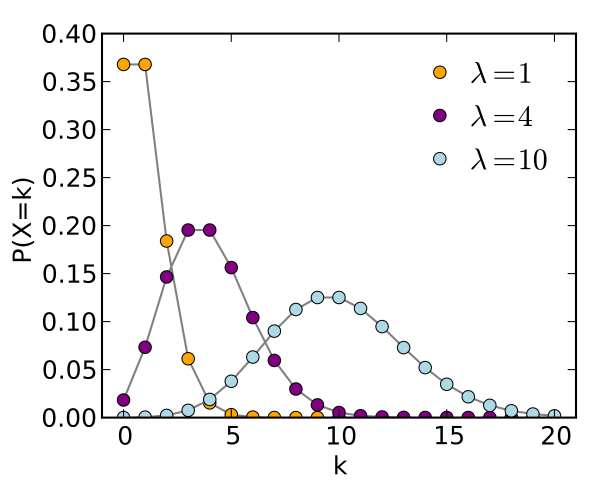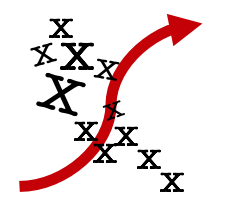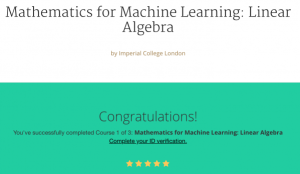Calculus is a big topic, but by and large, there are quite specific aspects of calculus that come into machine learning and in particular deep learning algorithms. This article is not intended to explain how and why things are as they are; rather it's my own personal cheat sheet for when I need to remember... Continue Reading →
Poisson vs Exponential distributions
Related yet different, here's how... A quick note on the "preliminary terrors" of notation: e is Euler's number - you'll find the e on your calculator or the EXP() function in Excel The parameter is conventionally written as λ (pronounced lambda). Poisson Exponential Number of events that occur in an interval of time Time taken between 2... Continue Reading →
Law of total probability – worked examples
According to Wikipedia the law of total probability "expresses the total probability of an outcome which can be realized via several distinct events". We can also think of this as the marginal probability: irrespsective of what road we took to get to this outcome, what is the total likelihood of the outcome occurring? Example 1... Continue Reading →
Expected value refresher
The expected value of an event is its most likely outcome. Assign each potential result a probability. The expected value is sum of all the potential results x their respective probabilities: ∑ (potential_result1 x probability1,… potential_resultn x probabilityn) Consider the simplest example possible, the coin flip. You'll be paid R10 if you pick tails, but... Continue Reading →
Polynomial regression
Polynomial regression is a considered a special case of linear regression where higher order powers (x2, x3, etc.) of an independent variable are included. It's appropriate where your data may best be fitted to some sort of curve rather than a simple straight line. The polynomial module of numpy is easily used to explore fitting the best... Continue Reading →
Co-variance, Correlation & Linear Regression
Typically we have 2 sets of values and we want to find out if these 2 sets of values are related, and if so how, and by how much? Could height be indicative of weight? Could hours of practice be related to how many errors are made in a mathematical test paper? Co-variance is a... Continue Reading →
Linear algebra – check!
It's been a quiet few weeks on this blog as I spent nearly every spare moment wrestling with the challenges of linear algebra - and I'm in a celebratory mood this afternoon having passed everything within time! I must say that, having some tentative foundational skills, I'm left with 2 main feelings: A tremendous sense of... Continue Reading →
A gem of a book :)
I've just bought this delightfully titled book: No bullshit guide to linear algebra by Ivan Savov. It's not necessarily easy learning everything you need to know about linear algebra for machine learning in 5 weeks (is that just me???) - so when I hit a bit of a brick wall in week 4 I went looking... Continue Reading →
Conditional probability refresher
Probability is always... A number between 1 (certain) and 0 (impossible): 1 ≤ P ≥ 0 The probability experiment A process that can be repeated & in which the outcome will be uncertain rolling a dice, tossing a coin, selecting a card The sample space A list of all possible outcomes of a probability experiment,... Continue Reading →
T testing – a worked example
A simple one-sample T-test This variant on hypothesis testing is used when you have limitations, specifically: The population standard deviation (σ) is unknown and your sample size (n) is <30 The fundamentals The formula is a variant of what we've seen thus far, where x̄ = your sample mean, μ = a hypothesized population mean,... Continue Reading →









